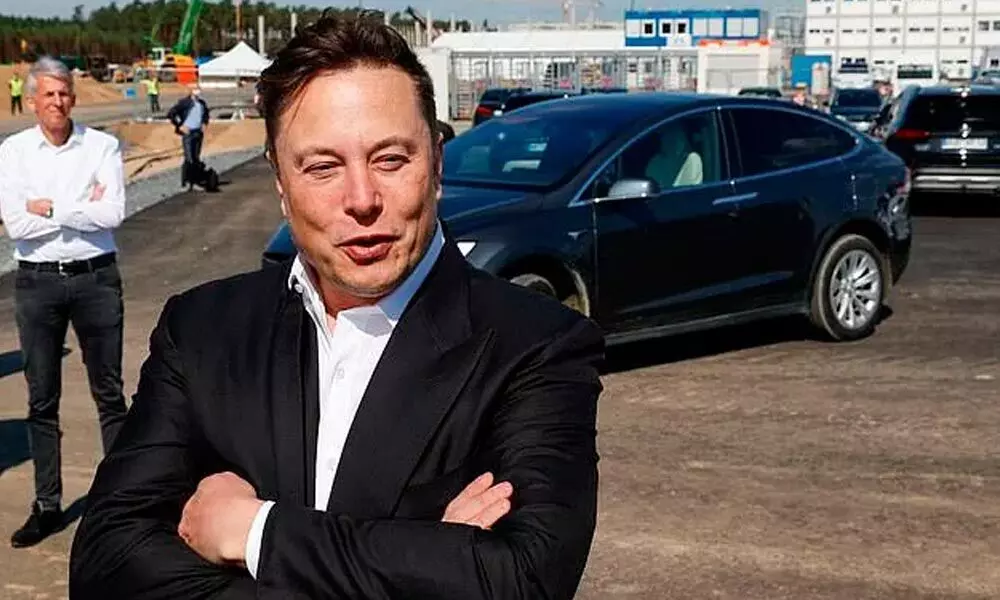Elon Musk set to give EV market a reality check
Elon Musk’s strategy of using a less expensive, more practical battery is now being rolled out globally. Getting more cars on the road faster ultimately will win the EV race
image for illustrative purpose

Tesla Inc seems to have gotten it right. The usually fantastical Elon Musk is set to give the electric vehicle market and its various players a reality check.
At its third quarter earnings call, Tesla said it's switching to a less expensive type of battery - the central part of the vehicle – for the company's standard-range cars globally. Tesla already had been using these in some of its cars in China, where sales have been soaring primarily because prices were kept down. That was a shrewd, prescient and realistic move.
For one, these aren't just cheaper batteries; they are safer and readily available. That means even if they aren't going to take Teslas several hundreds of miles away on one charge, they will drive the company toward greater sales and, ultimately, wider adoption of greener vehicles. A Tesla Model 3 on these lithium iron-phosphate, or LFP, powerpacks can still go 468 kilometers (290 miles). That's really not that short a distance - these batteries will do the job.
The LFPs in question are made by China's Contemporary Amperex Technology Co, or CATL, now the world's largest battery maker. Supply is ample: Over the past few months, installations of such batteries have surpassed those of the more favoured nickel-cobalt-manganese variety, which are more advanced. CATL has managed to bring down prices, too - another barrier to adoption. What's more, China effectively has a monopoly on the manufacturing of LFPs, with the highest capacity to produce them. That's bad news for Tesla's competitors.
These batteries are helping solve the perennial problems and trade-offs with electric cars: range over safety, size over energy density. That's why automakers and their battery suppliers have been caught up with a type of battery made with nickel, manganese and cobalt, which are more energy-dense but haven't yet proven to be the safest. They tend to be unstable and can combust. In addition, they're expensive because the raw materials are largely in short supply. So even if Musk isn't at the forefront of battery technology yet, with few other breakthroughs on the horizon, he is still getting more Teslas on the road - and sooner. For instance, as the company puts LFPs to use in its vehicles, it's still working on an in-house 4680cylindrical battery cell project, testing bigger numbers of these packs.
For now, LFPs are the hedge to all the other types. It's likely that over the next decade that they'll lose their cost advantage as the higher-energy NCM battery production process is improved.
That's a lesson for other carmakers. To deliver on big, bold promises of fleet electrification, they will be better off taking a realistic path. For now, they've been preoccupied with using less pragmatic batteries that have, in some cases, caught fire and led to multi-billion dollar recalls. Boasting the best car with the longest range that's going to be released a year or two from now isn't really a sign of success. Instead, delivering a pretty good electric car today - that's safe - would show that a company is on the right path. It also stands to provide an early-mover advantage.
Think about the traditional cars we drive. They have gotten better over the last century. Every year, automakers come out with yet more updates and upgrades. They didn't just find the one best model and technology. Years of iterations followed. That's what firms need to get real about: The latest battery technology isn't the be-all, end-all of the electric car race. Better to step off the sidelines and just get going. (Bloomberg)

